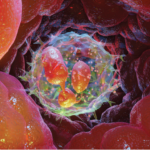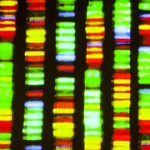Neutrophils, often hailed as guardians against infections, are maligned when it comes to rheumatoid arthritis (RA) due to their role in both the initial stage and disease progression. A new multicenter work, “A Neutrophil Activation Biomarker Panel in Prognosis and Monitoring of Patients with Rheumatoid Arthritis,” seeks to expand the literature on this topic.1 The…



